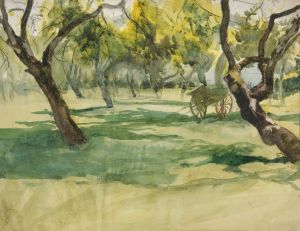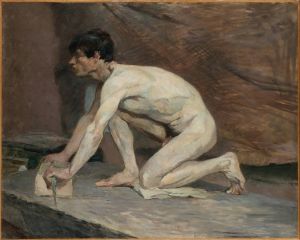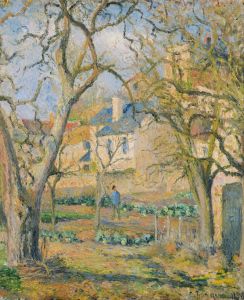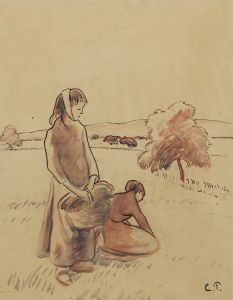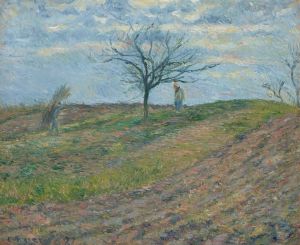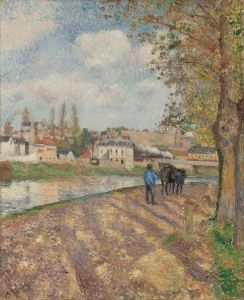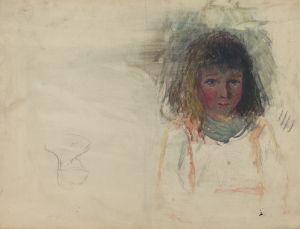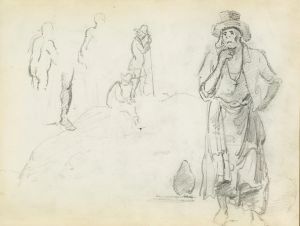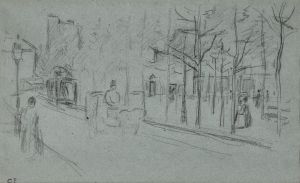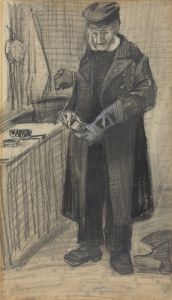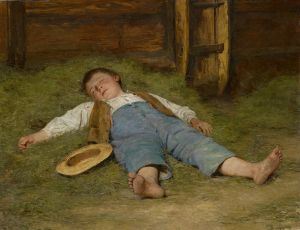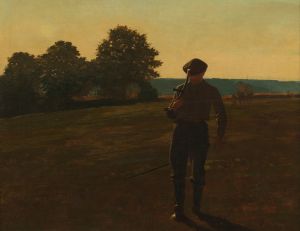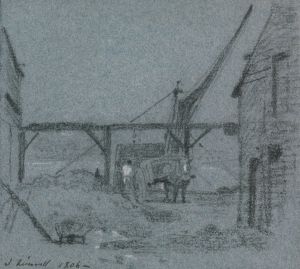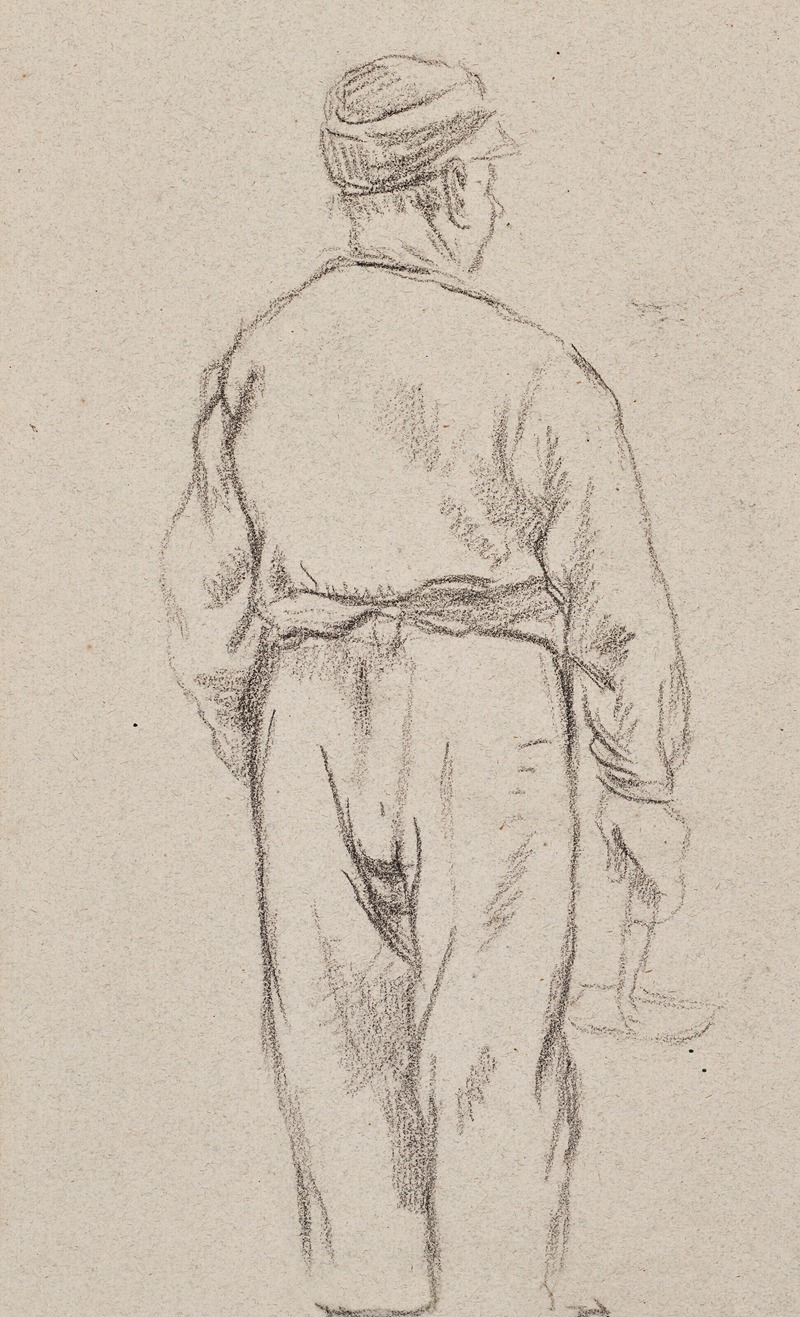
Paysan de dos
A hand-painted replica of Camille Pissarro’s masterpiece Paysan de dos, meticulously crafted by professional artists to capture the true essence of the original. Each piece is created with museum-quality canvas and rare mineral pigments, carefully painted by experienced artists with delicate brushstrokes and rich, layered colors to perfectly recreate the texture of the original artwork. Unlike machine-printed reproductions, this hand-painted version brings the painting to life, infused with the artist’s emotions and skill in every stroke. Whether for personal collection or home decoration, it instantly elevates the artistic atmosphere of any space.
Camille Pissarro, a pivotal figure in the Impressionist movement, created numerous works that captured the essence of rural life and landscapes. One of his notable paintings is "Paysan de dos," which translates to "Peasant from Behind." This artwork exemplifies Pissarro's dedication to portraying the everyday lives of rural workers, a theme prevalent throughout his career.
Pissarro was born on July 10, 1830, on the island of St. Thomas in the Danish West Indies. He moved to Paris in 1855, where he became deeply involved in the burgeoning Impressionist movement. His work often focused on rural scenes and the people who inhabited these landscapes, reflecting his interest in the natural world and the lives of ordinary people.
"Paysan de dos" is a fine example of Pissarro's ability to capture the simplicity and dignity of rural life. The painting depicts a peasant seen from behind, engaged in his daily labor. This perspective allows the viewer to focus on the figure's posture and the surrounding environment, emphasizing the relationship between the individual and the land. Pissarro's use of color and light in this painting is characteristic of his Impressionist style, with loose brushwork and a vibrant palette that conveys the atmosphere of the scene.
The composition of "Paysan de dos" is notable for its simplicity and balance. The peasant is positioned centrally, drawing the viewer's attention to his form and the task at hand. The background, likely a field or a rural landscape, is rendered with broad strokes that suggest the textures and colors of the countryside. Pissarro's technique in this painting reflects his interest in capturing the transient effects of light and atmosphere, a hallmark of the Impressionist movement.
Throughout his career, Pissarro remained committed to depicting the lives of peasants and rural workers. He believed in the importance of representing these subjects with honesty and empathy, often choosing to portray them in their natural settings rather than in posed or artificial compositions. This approach is evident in "Paysan de dos," where the peasant is shown absorbed in his work, unaware of the viewer's gaze.
Pissarro's focus on rural themes was influenced by his own experiences and beliefs. He was an advocate for social justice and was deeply concerned with the plight of the working class. His paintings often reflect his political views, emphasizing the dignity and resilience of rural laborers. "Paysan de dos" can be seen as part of this broader narrative, highlighting the quiet strength and perseverance of the peasant figure.
In summary, "Paysan de dos" by Camille Pissarro is a testament to the artist's skill in capturing the essence of rural life. Through his use of color, light, and composition, Pissarro creates a vivid portrayal of a peasant at work, inviting the viewer to appreciate the beauty and simplicity of the scene. This painting, like many of Pissarro's works, underscores his commitment to depicting the lives of ordinary people with authenticity and respect.





